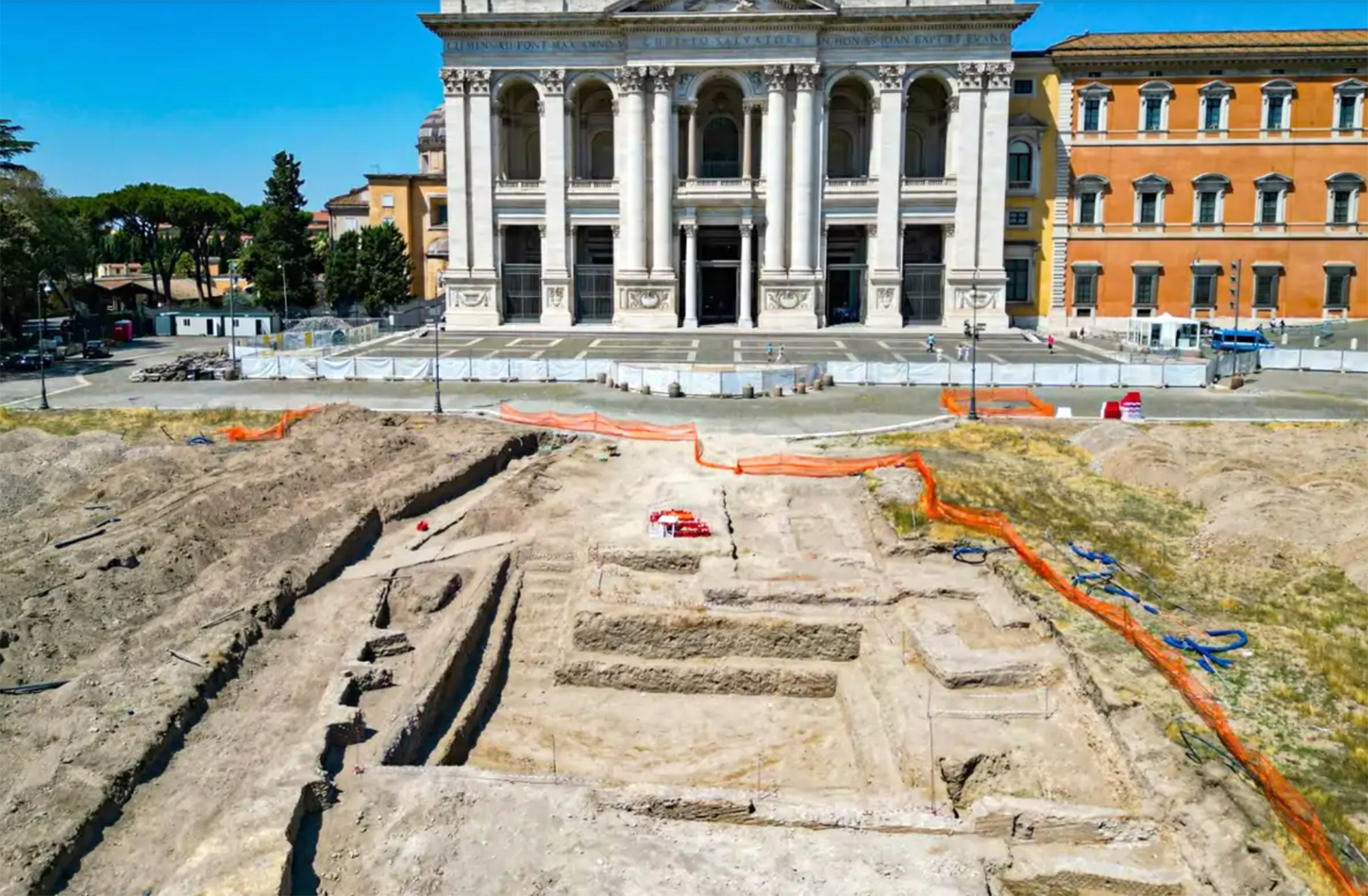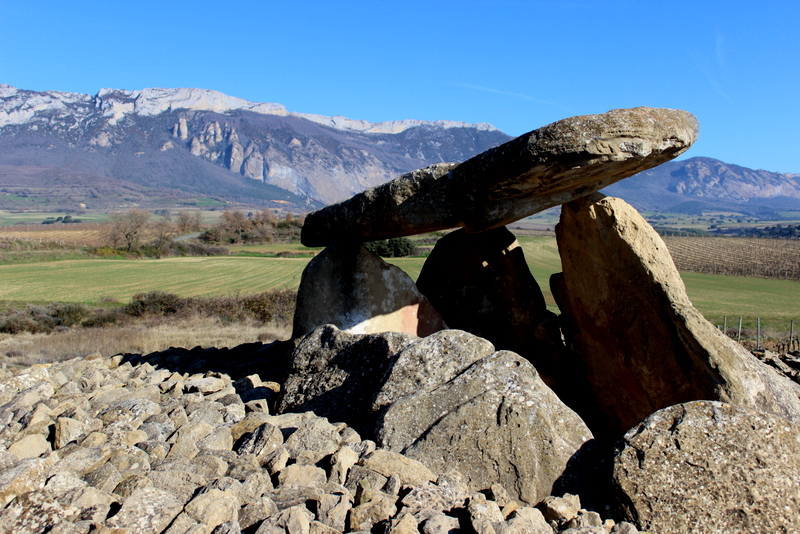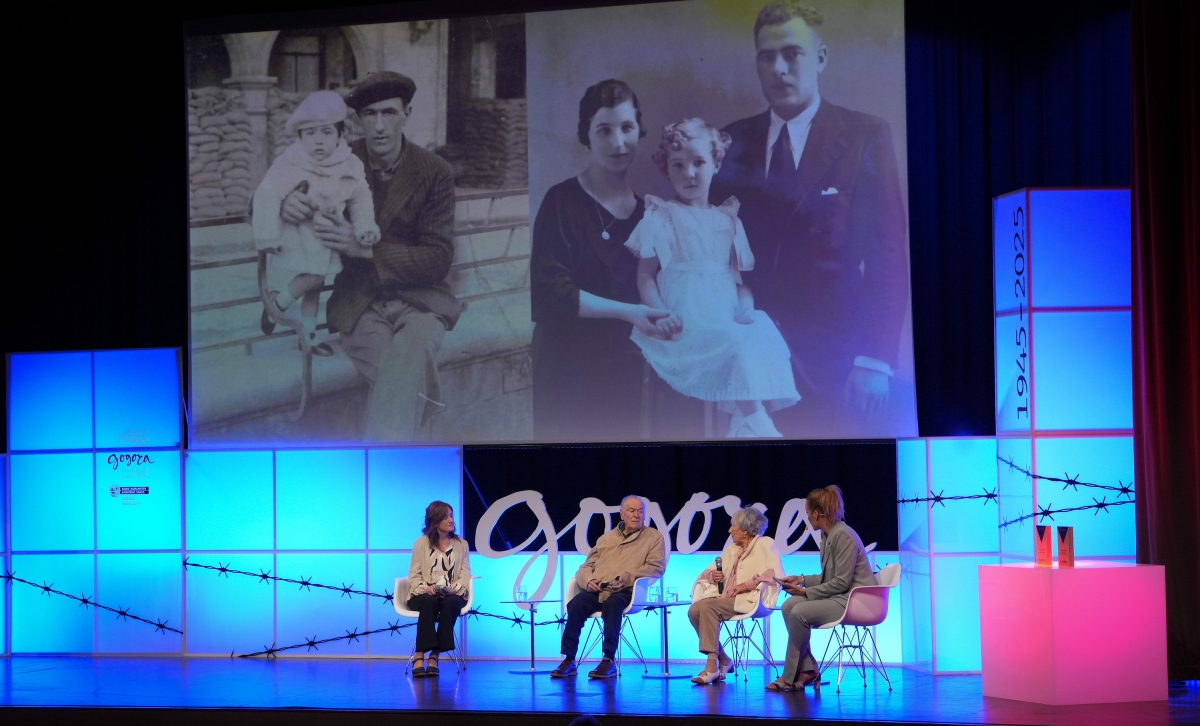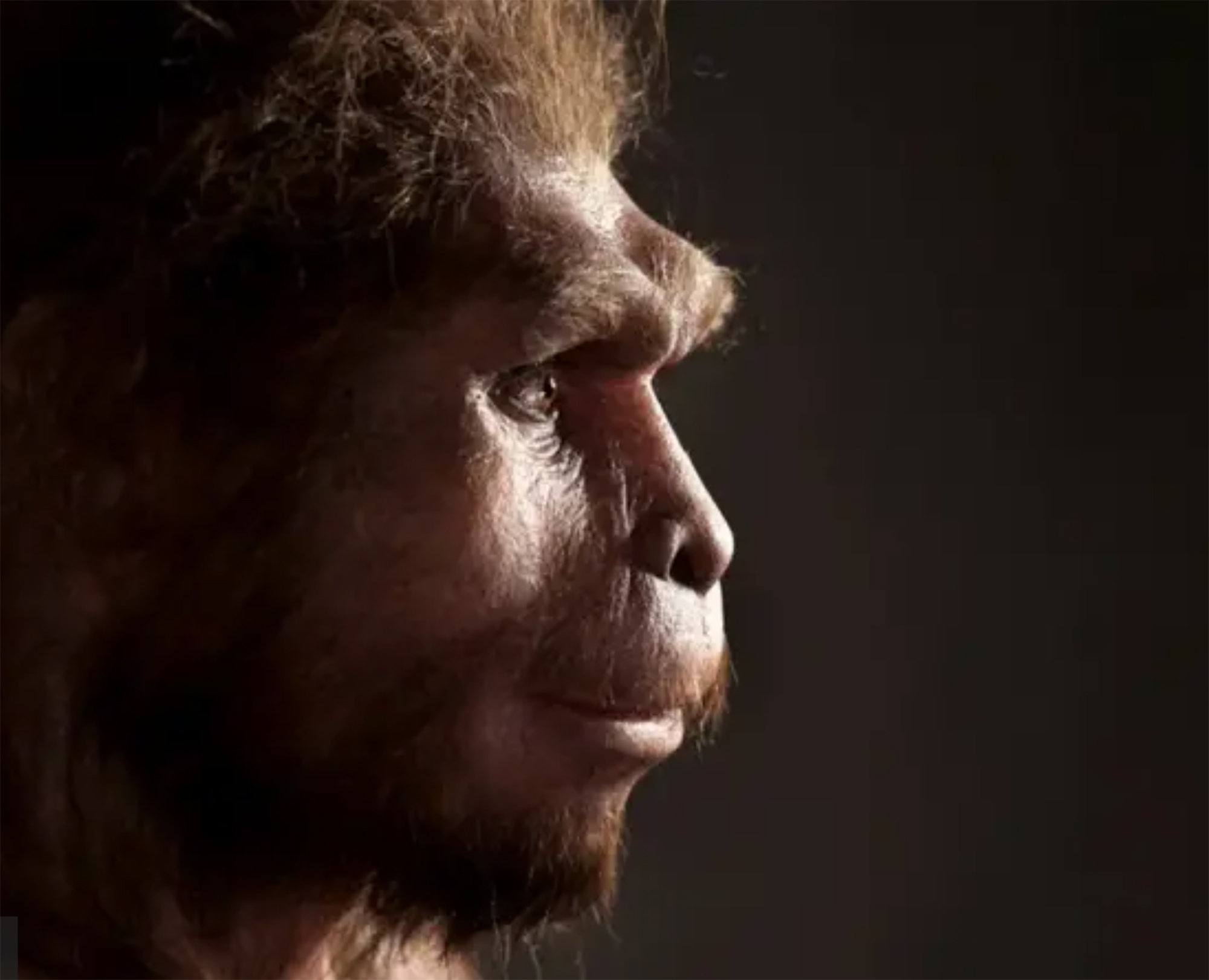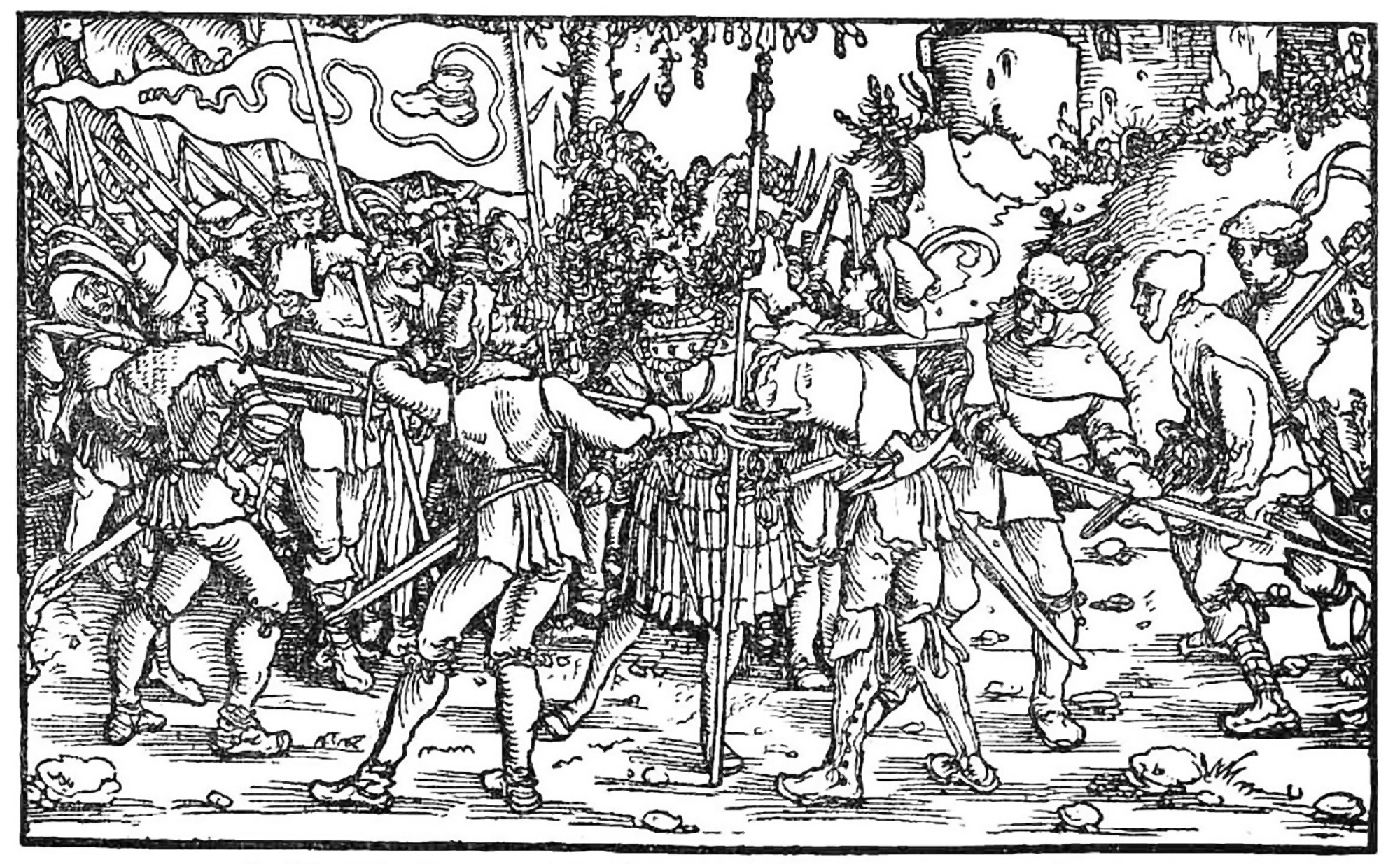The challenge of dissemination

At the end of June, Nieves Concostrina, journalist of the SER in Spain, gave an interview on Youtube his opinion against history and historians. He denounced the existence of a “plan” to “hide history from citizens”. For him, historians write “boring” so that citizens do not know history and, therefore, authorities can master and alienate us more easily. I have also heard such things many times. It seems that in class they only taught us the official history and don't want to tell us the real. However, those away from the research world do not know that in universities there have been historians trying to make social and critical history from at least the 1930s of the last century, against official history, if any.
There are many consumer products related to history outside of academia. In general, this is a highly intrusive field in which journalists, writers and opinion leaders act without any scientific basis or method. Unfortunately, these types of false historians are the most influential discoverers. Books are sold to the limit and they receive a lot of blends on social media. However, the findings of investigative costumes do not come too often to the general public. I would say that many of them are those of partisan literature and are oriented to satisfy the desires of different ideological currents. In Spain, for example, books about Black Legend or that make dog whistling on the right have great editorial success. Basically, these texts do not shake the consciences; they tell what the reader wants to read.
Another subgenre in pseudohistorical dissemination is the one that achieves a great impact. We can call him the most curious. In general, they narrate rumours and inconsistent expressions, and often use morbid or esatological content as a claim. For example, they act on the details of sexual customs or the lack of cleanliness of past times, but based on prejudices and false convictions. They continue to spread ancient myths, although new studies have refuted them today.
However, I think Snow Concostrin is a little right, because scientific historians struggle to reach people. I don't think, not at least as he says, that it's because we hide history, but we should strive to go beyond academia. I think the future is on social media and digital formats -- blogs, Twitter, Instagram, Tiktok, podcast or the like. In Basque there are interesting initiatives such as that of Nagore Irazustabarrena, his podcast Hysterical Memory in Argia. Nor should we forget that the students of the History and Heritage degree of the UPNA have just been premiered in Euskalerria Irratia. podcast. That girls! That is the way!
Pond of Venice, year 452. Prompted by the Huns' invasion, several inhabitants of the interior of the Italian peninsula took temporary refuge in the swampy area. But the Lombard invasions came in a few years, and it would become a permanent home for those immigrants. It was a... [+]
During a routine excavation in the Piazza San Giovanni in Laterano in Rome, archaeologists carried out the IX-XIII. They unexpectedly found the remains of a palace dating back to the centuries. And they think it could be the residence of the popes of the time. In other words,... [+]
More and more studies indicate that Neanderthals had more advanced cognitive abilities than previously thought. The latter, published in the Journal of Archeological Science, refers to the spearhead of bone found in the Mezmaiskaya cave in Russia in 2003.
Using microscopy,... [+]
The Indus Valley, about 5,000 years ago. The city of Mohenjo-Daro had about 35,000 inhabitants and, according to recent PNAS publication, had a very low Gini coefficient of 0.22 – a coefficient that measures the economic inequality of societies through the degree of... [+]
I've been enjoying a book lately. In a very short time I have read it twice; the first with pure delight and the second with a pencil in my hand. Hoces de piedra, martillos de bronce, by the Spanish archaeologist Rodrigo Villalobos, aims to explore prehistoric society to answer... [+]
In the Chinese province of Shanxi, in a tomb of the Tang dynasty, paintings depicting scenes from the daily lives of the dead are found. In one of these scenes a blonde man appears. Looking at the color of the hair and the facial expression, archaeologists who have studied the... [+]
Carthage, from B.C. Around the 814. The Phoenicians founded a colony and the dominant civilization in the eastern Mediterranean spread to the west. Two and a half centuries later, with the decline of the Phoenician metropolis of Tyre, Carthage became independent and its... [+]
Salvador Puig Antich frankismoaren kontrako militantea izan zen. Askapen Mugimendu Iberikoko kidea, 1973ko irailaren 25ean atxilotu zuten. Gerra-kontseilua egin zioten, eta garrotez exekutatu zuten handik sei hilabetera, 1974ko martxoaren 2an. Aurtengo otsailean baliogabetu du... [+]
Rudolf Botha hizkuntzalari hegoafrikarrak hipotesi bat bota berri du Homo erectus-i buruz: espezieak ahozko komunikazio moduren bat garatu zuen duela milioi bat urte baino gehiago. Homo sapiens-a da, dakigunez, hitz egiteko gai den espezie bakarra eta, beraz, hortik... [+]
Böblingen, Holy Roman Empire, 12 May 1525. Georg Truchsess von Waldburg overthrew the Württemberg insurgent peasants. Three days later, on 15 May, Philip of Hesse and the Duke of Saxony joined forces to crush the Thuringian rebels in Frankenhausen, killing some 5,000 peasants... [+]









